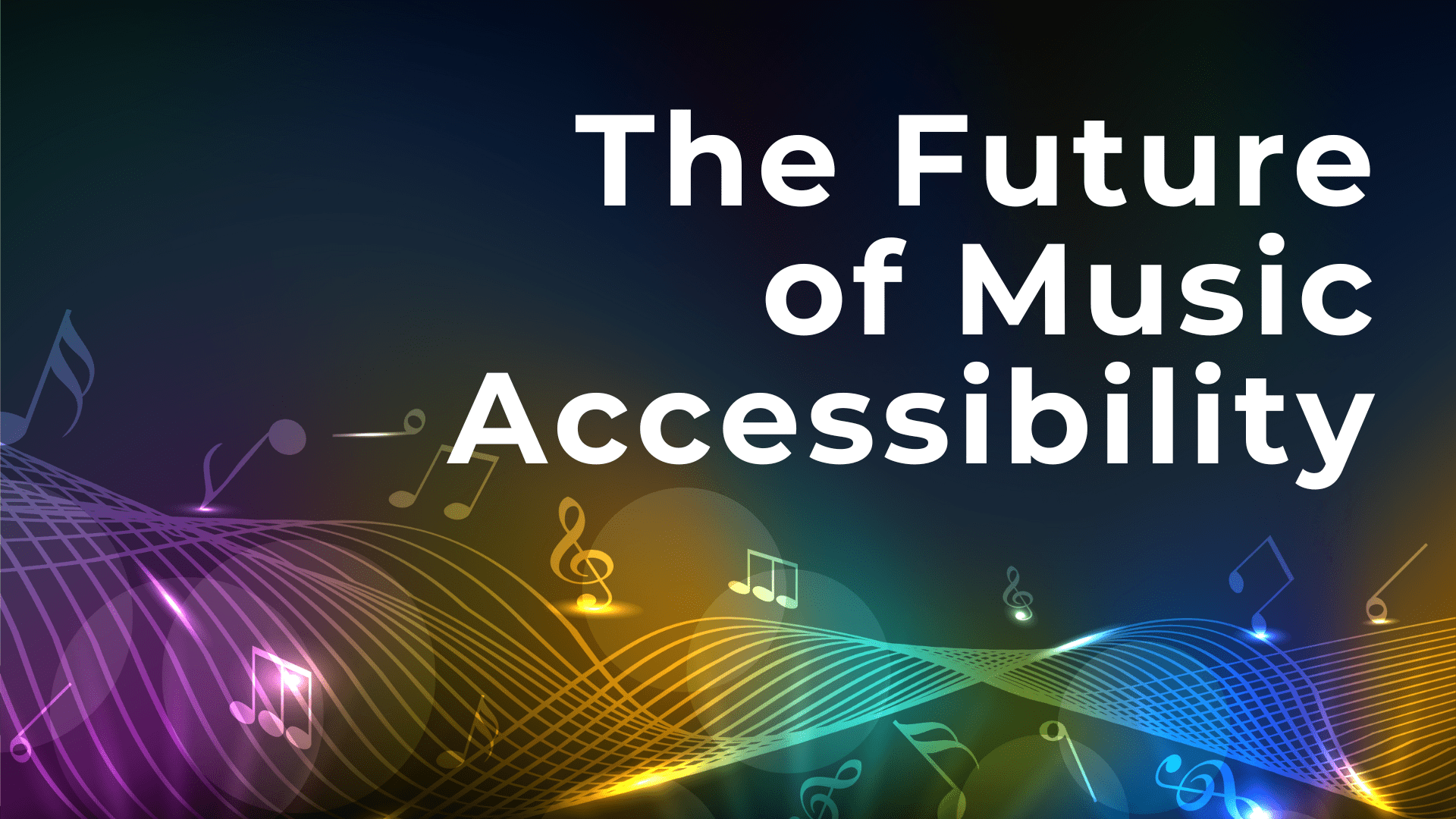Music has been a powerful product of humanity for thousands of years, in fact probably since not long after humans emerged as a species. The positive impact of music is experienced by nearly everyone. But music making has not always been as universally available. Historically, playing musical instruments has required motor skills, vision, and other capabilities that not all could realize. However, the advent of computer technology has altered that equation and opened up many additional possibilities for making music.
At Audio Modeling, we believe the ability to make music should be as close to universal as can be achieved, and that technology is the pathway that leads to broader accessibility and, therefore, wider inclusion in who can make music. This notion has become part of our quest as a company, and something we want to explore and share as widely as possible.
We recently started designing and building our products to work better with screen readers, in order to expand accessibility for those with compromised vision. This has been an enlightening experience and has highlighted for us the scope and complexity of the problem. We see that this action barely begins to scratch the surface of the solution, but it’s a start and has served to dip our corporate toe into the water.
We are not yet close to being experts in adding accessibility in our designs, but our eyes have been opened to how much room for improvement exists in current user interface designs. However, what we have already realized is that a better user interface is only one piece of the puzzle. What is needed is a complete ecosystem aimed at making music technology more usable by people with a broader range of abilities and skills.
Operating systems, code frameworks, voice-driven assistants, protocols such as MIDI 2.0, APIs that collect data, artificial intelligence (AI), and a whole range of products and services wrapping around this basic infrastructure – all of these components will be needed to realize our vision of a new experience of making music that can be enjoyed by the widest spectrum of people, including those with ADHD, learning disabilities, mobility limitations, medical or psychological disabilities, traumatic brain injuries (TBI), PTSD, visual impairments, deafness or impaired hearing, disorders on the autism spectrum, and other issues related to age, culture, or economic status.
We made this short video (and this small pasta lunch) to illustrate one possibility of how much a voice-driven interface could enhance music making:
EVERYBODY should be able to make music. Yes, that’s a tall order and we are under no illusions that we can actually achieve that goal ourselves. But we can move much closer to that objective than we now are. It will take all of us contributing to this effort to succeed, so we want to open a discussion that we hope will involve as many as possible who currently work in the field of audio and music technology. This means YOU!
We invite you all to join us and be part of the change. Enter the conversation by joining us on Discord.
We are wonderfully excited to be doing this and look forward to hearing from you!
The Team at Audio Modeling

